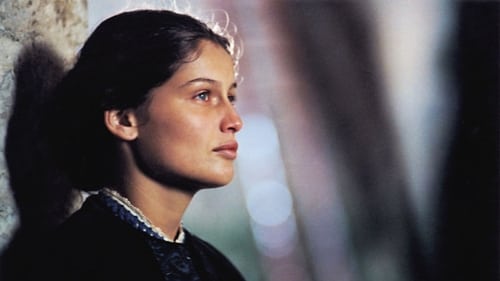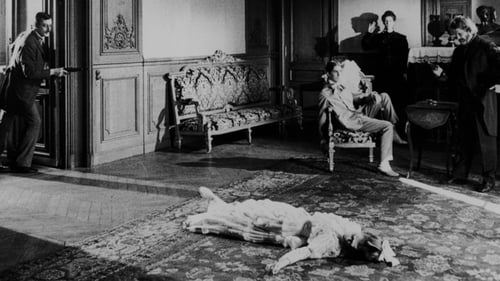
Production Design
The poet Jean Sénac is also a radio presenter. A Pied-noir, he opted to stay in Algeria after the country achieved independence in 1962. Ten years later he is monitored by the police of the present regime. His poems have a large public following and his radio show is a great success, especially with the young. The poet allies himself with two students, aspiring playwrights Hamid and Belkacem, to fight for the freedom and culture of Algerian youth.

A chronicle of Raúl Ruiz’s production of Michèle Reverdy’s opera “Médée”.

Production Design
At a wake one night in 1945, a group of aged women recall the life of one of their number. Sixty years before, Thérèse was barely 20 years old when she eloped with her boyfriend, Firmin, a blacksmith, to Châtillon, a town in Provence. Here, she makes the acquaintance of the wealthy Madame Numance, who is known for her good deeds. Realising that Thérèse is pregnant and unemployed, Madame Numance insists that she moves into a house on her estate. Whilst Firmin resents the arrangement, Thérèse soon finds that she can exploit the situation, using her benefactor's naivety and generosity for her own gain..

Production Design
Today, Camille turns nine. He had sworn that on his 9th birthday he would show his parents the videos he was shooting on the side - the tail of a cat scampering away, a window, and a veiled woman's face - an intriguing picture... Later that day, Camille's mother, Ariane, meets up with her son in the park. The boy appears perturbed. He is leaning against a tree, eyes cast down. He says that now he wants to return to his "real home" and his "real mother."

Production Design
Marcel Proust (1871-1922) is on his deathbed. Looking at photographs brings memories of his childhood, his youth, his lovers, and the way the Great War put an end to a stratum of society. His memories are in no particular order, they move back and forth in time. Marcel at various ages interacts with Odette, with the beautiful Gilberte and her doomed husband, with the pleasure-seeking Baron de Charlus, with Marcel's lover Albertine, and with others; present also in memory are Marcel's beloved mother and grandmother. It seems as if to live is to remember and to capture memories is to create a work of great art. The memories parallel the final volume of Proust's novel.

Set Decoration
Marcel Proust (1871-1922) is on his deathbed. Looking at photographs brings memories of his childhood, his youth, his lovers, and the way the Great War put an end to a stratum of society. His memories are in no particular order, they move back and forth in time. Marcel at various ages interacts with Odette, with the beautiful Gilberte and her doomed husband, with the pleasure-seeking Baron de Charlus, with Marcel's lover Albertine, and with others; present also in memory are Marcel's beloved mother and grandmother. It seems as if to live is to remember and to capture memories is to create a work of great art. The memories parallel the final volume of Proust's novel.

Set Decoration
A sailor sees a student killing his teacher and decides to spin a few yarns for him. He tells the boy of his many adventures in exotic South American ports where he visited opium dens and stayed in cathouses. In such dark, dreamlike places, the sailor meets many strange, mystical characters.

Production Design
Two narrators, one seen and one unseen, discuss possible connections between a series of paintings. The on-screen narrator walks through three-dimensional reproductions of each painting, featuring real people, sometimes moving, in an effort to explain the series' significance.





